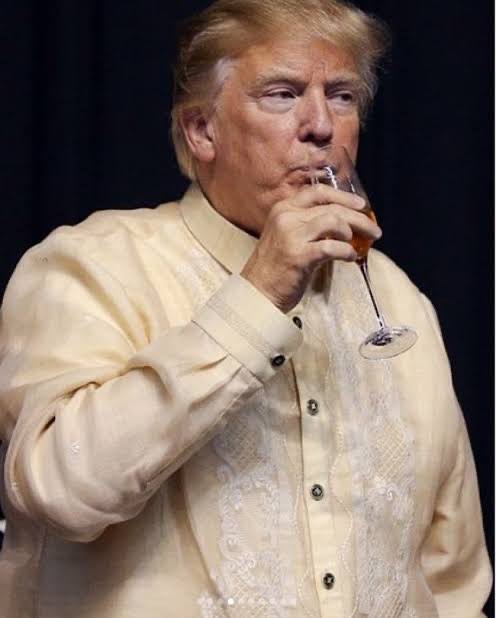MANILA – US President Donald Trump has imposed a 17% tariff on goods coming from the Philippines into the United States. This is part of a larger move targeting many countries, with Trump saying the US has been treated unfairly in trade for years. He called the day “Liberation Day,” claiming it marks the return of American industry.
Other countries face even higher tariffs: Vietnam (46%), Thailand (36%), and China (34%). The Philippines received a lower rate, which officials say reflects the strong ties between the two nations.
Philippine officials say the effect on the economy should be limited for now. Trade Secretary Cristina Roque said the government will monitor the situation and use this as a chance to discuss better trade terms with the US, possibly through a free trade agreement.
This could protect key exports like vehicles, dairy, meat, and soybeans
Experts have mixed opinions. Some warn that Philippine products will now be more expensive in the US, which could hurt demand. Others believe the country might benefit—since neighboring countries were hit with higher tariffs, US buyers may shift to Philippine products instead.
The agriculture sector is likely to be the most affected. About 20% of Philippine farm exports go to the US. However, officials say the Philippines could become more competitive, especially in products like bananas, coconut oil, and processed foods.
Industry leaders also say this is a wake-up call to diversify. The Philippines must explore new markets and reduce its reliance on the US.





































